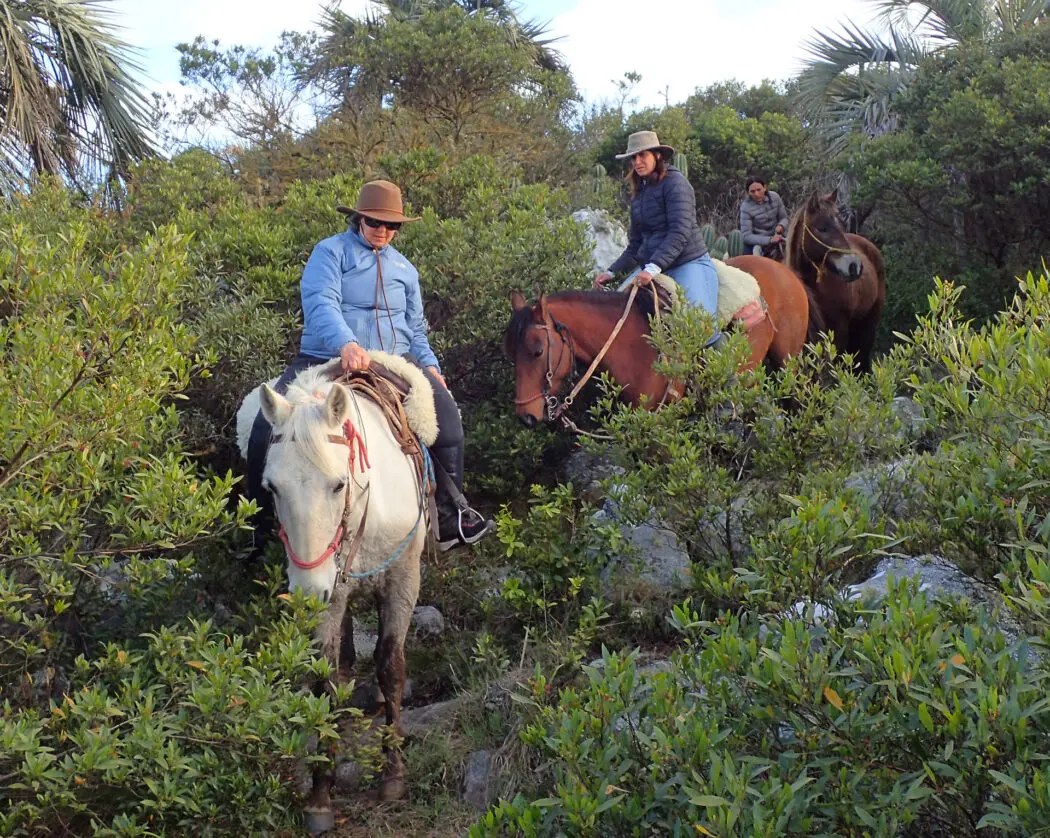Horseback riding in Uruguay is an integral part of life there and is deeply interwoven into the culture. The environment is ideal for raising cattle and production of beef is the most important aspect of the economy. The gauchos who handle the cows still depend heavily on horses to move, sort and brand the cattle. Gauchos are great folk heroes in Uruguay and their history goes back to the early 18th century; far earlier than that of the American cowboy. These proud gauchos with their bombachas, colorful scarves, ornate belts, sheepskin covered saddles, long bladed knives and Criollo horses are extremely picturesque.
The Criollo horses are ideal for the terrain and have terrific endurance which rivals that of the Arab. They will carry you comfortably through the hill country of the interior as you join the gauchos working cattle or canter along the unspoiled beaches of the coast. The origin of these wonderful horses goes back to 1535 when the Spanish brought Andalusian horses and many stallions to Buenos Aires. When the Spanish were forced to leave in 1540 by hostile Indians dozens of these magnificent horses were released into the wild where they thrived despite sparse grazing and extremes of weather. When the Spaniards returned in 1580 they found several thousand wild horses roaming free. Natural selection in this difficult environment had produced an exceptionally hardy animal with great speed, endurance and agility similar to the American mustang. In 1925 Aimé Tschiffely rode with two Criollos from Buenos Aires to Manhattan taking three years crossing high snow covered passes, traversing arid deserts and winding through thick jungles. Read this Wikipedia article to learn more about his fascinating journey.
Uruguay has a very low rate of crime and the people are unusually friendly and hospitable.





